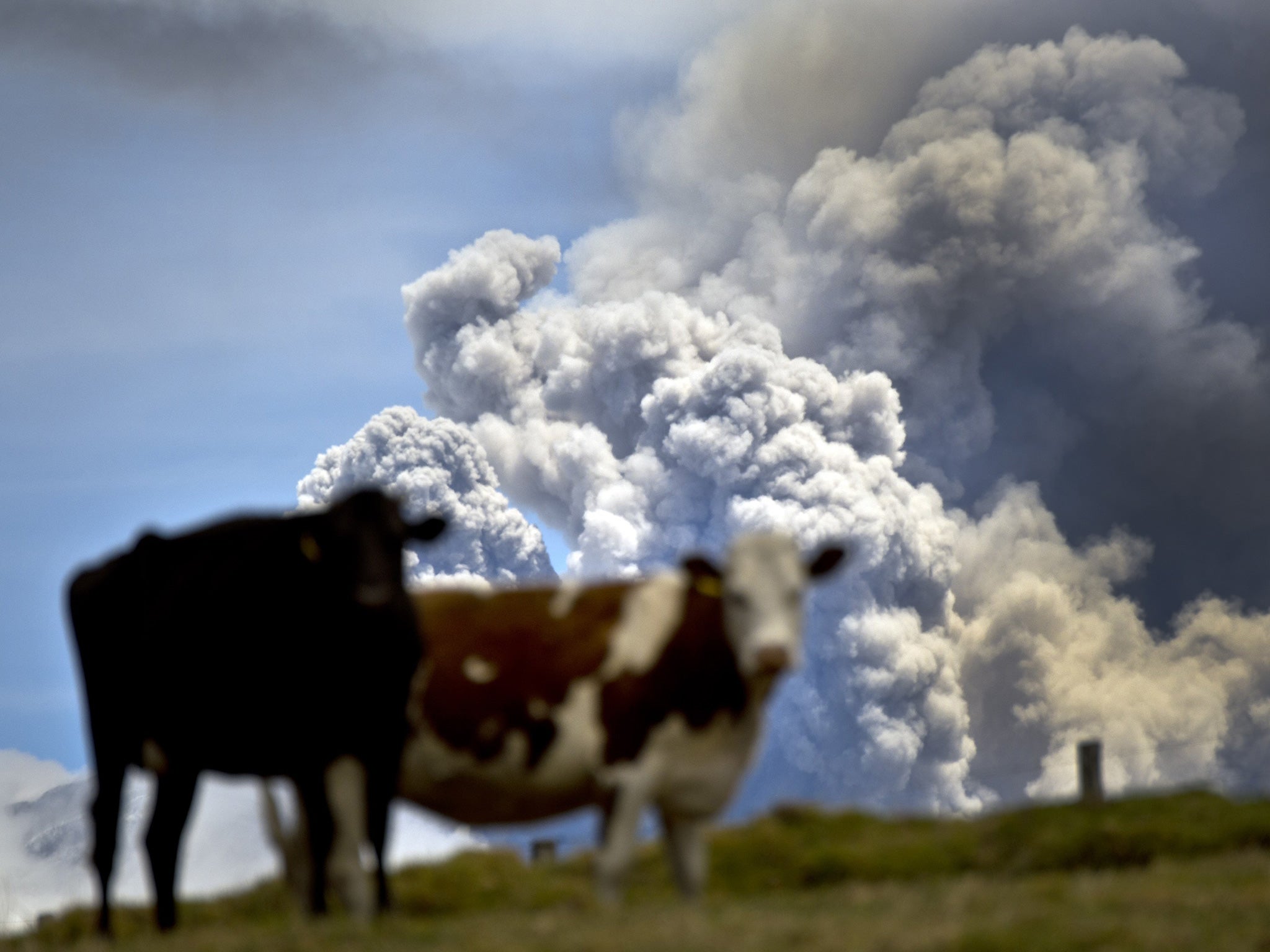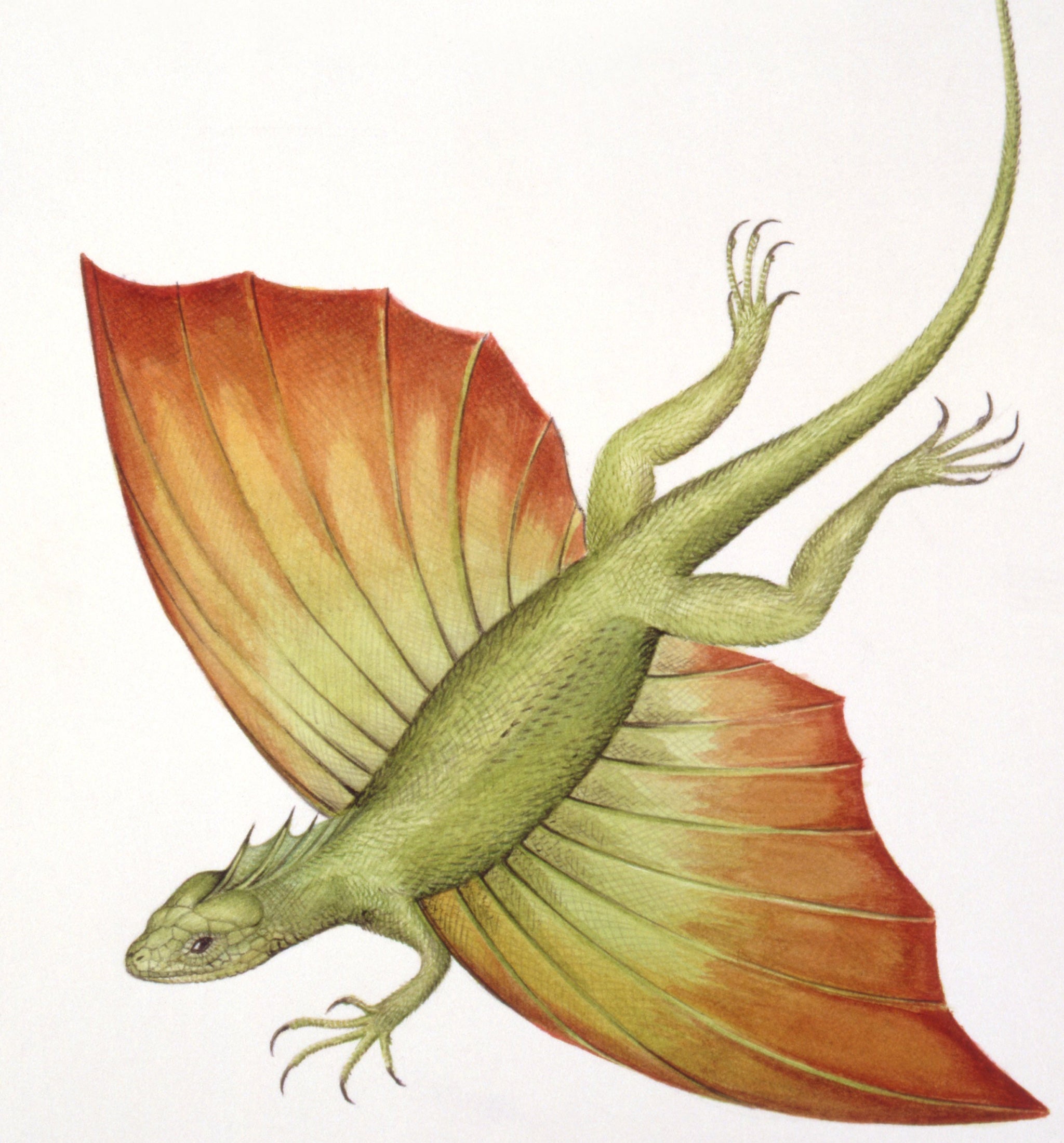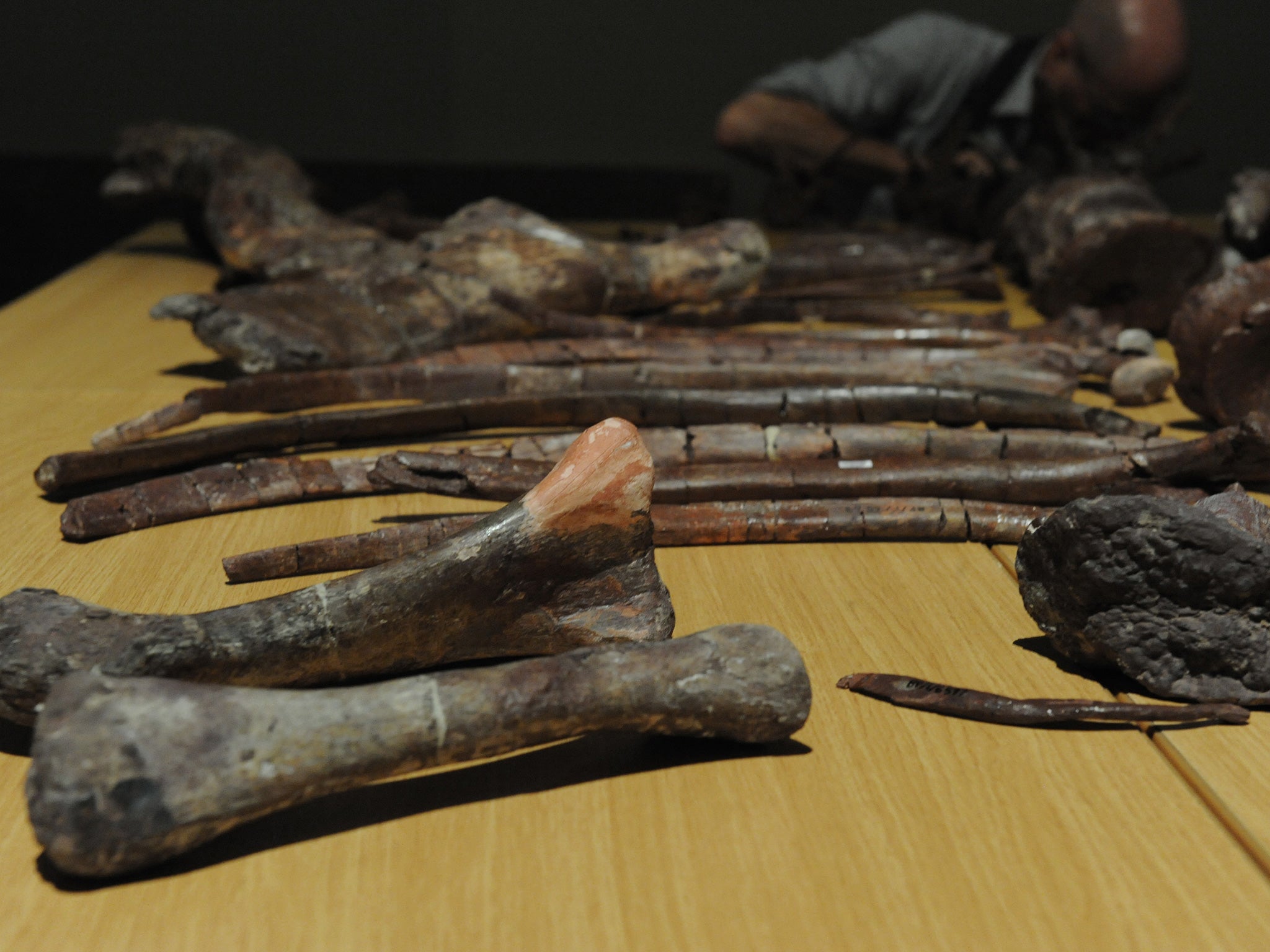Which species will the survive the world's next Great Dying?
75 per cent of life on land and 90 per cent of ocean creatures went extinct as a result of the last mass extinction 252 million years ago, could we be close to another?

Scientists know it as “the Great Dying.”
It happened in a geologic blink of an eye 252 million years ago. A vast volcanic vent in Siberia belched noxious gases and enough lava to build a new continent the size of Europe. The air grew warmer and drier, wildfires ravaged the landscape, and the oceans turned toxic. Over the course of a few tens of thousands of years 90 percent of all ocean species and three quarters of life on land was lost.
“It was devastating,” said paleontologist Peter Roopnarine. “The closest life on Earth has ever gotten to vanishing completely.”
But scientists still have a lot of questions about what happened during the “Great Dying,” formally known as the end-Permian mass extinction. What species vanished first? When did the ecosystems totally collapse? Who died, who survived and why?

Roopnarine thinks he’s found a clue: a stable food web — that complicated hierarchy of who eats who — might help protect species as a disaster unfolds. For a while, at least.
Questions about species survival have gotten more pressing in recent years, as more and more scientists have come to believe that the planet might be hurtling toward another mass extinction, this one brought on by humans. If life on Earth is going to take another dramatic hit, the best way to prepare is to know how similar situations played out in the past. They are, as Roopnarine likes to put it, “natural experiments” that test species’ ability to survive.
The only problem is that no one was taking notes at the time of the end-Permian (opposable thumbs wouldn’t evolve for another 247 million years, and it would be another several million years yet before anyone invented paper).
So Roopnarine, the curator of geology at the California Academy of Sciences, and paleobiologist Kenneth Angielczyk, an associate curator at Chicago’s Field Museum, painstakingly reconstructed the ancient “experiment” on their own using fossil evidence and computer models. It’s something no one has ever done before.
Their findings, published last week in the journal Science, offer some clues about how life deals with a crisis of monumental proportions.
The key to survival seems to lie in food webs, the complicated interactions you probably mapped out in middle school that illustrate how species in an ecosystem get food — and avoid getting turned into food. A stable food web can isolate a community from environmental disasters, even the loss of some species, and the best food webs are like a well-built building: individual bricks may crumble or be removed, but the overall structure remains sound. It’s not until something truly traumatic happens — too many species are lost, or a “keystone” species vanishes — that the whole thing comes tumbling down.

Looking at 250-million year old fossils from the Karoo Basin in South Africa, a region known for huge game farms and an excellently preserved fossil record, Roopnarine and Angielczyk reconstructed Permian food webs from before the mass extinction. During field work in the Karoo’s vast, windswept, near-desert, and then sitting in front of a computer in an American lab, they tried to map out who ate what in that ancient world. They then disassembled the webs and rebuilt them in new configurations, like the Ikea hackers who ditch the instructions for building a “VITTSJÖ” desk and instead turn it into a bar cart, to see how other possible webs might respond to disaster.
Impressively, the real-life food web was the most resilient possible combination of the species alive at the time. In other words, nature’s instruction manual built the most stable systems.
“There seemed to be an ongoing maintenance of resilience,” Angielczyk said. “Even when something bad happened to a few species, it wasn’t going to affect the other ones.”
Even when faced with the initial phase of the end-Permian mass extinction, when small animals were dying out in vast quantities, the food webs remained solid. If the volcanism that set off the extinction hadn’t dragged on for so long (it lasted about a million years), some life might have made it through okay.
But even the most stable food webs can’t withstand a million years of drought, wildfires, ocean acidification and runaway climate change. Eventually plants — which formed the foundation of the Karoo food webs — began to vanish. Of the 50 genera (groups of species) that existed in the Karoo before the extinction event, only 5 emerged from that second phase of die-offs.
It’s hard to tell exactly what allowed them to survive. Their participation in a stable food web was definitely a factor. After the food webs fell apart, individual species characteristics (the ability to burrow and hide, to withstand climate shifts or loss of food sources) and a heaping dose of luck are likely what set them apart from their doomed contemporaries.
But the world they survived to see into was far less agreeable than the one they’d left behind. Though new species soon emerged to fill the void left by their extinct predecessors, many also quickly died out. The rebuilt food webs were much less stable than those that had persisted through the Permian period — proving that it takes more than a few new species to rebuild an ecosystem; their interactions need to evolve and improve. It would take another 3 to 5 million years before life on Earth settled down, giving way to the age of the dinosaurs.
“What’s happening today is different than the mass extinction 250 million years ago,” Roopnarine said. “In terms of over-exploitation, climate change, habitat loss and landscape destruction, we’re going well beyond what any species have any experience with.”
What we do know, he said, is that the best way to predict ecosystem survival is to look at the stability of its food web: Who eats who? What species hold it together? What species, like the small vertebrates of the end-Permian food webs, can it afford to lose? Protecting a beloved animal — the giant panda, the American bison — could prove futile if we don’t also protect the community it’s a part of.
“It’s not just about preserving species, it’s about preserving their interactions,” Roopnarine said. “But that means we need to understand their interactions.”
At this point, modern food webs are still something of a mystery, he said. When we do figure them out, it’s often only after something has gone wrong — as with Caribbean coral reefs. By then, it’s too late to do anything.
The fossil record of the past 20,000 or 30,000 years — which feels like an eternity to us, but is an instant in geological terms — is strewn with the carcasses of species lost to human predation or habitat destruction: the woolly mammoth, the dodo, the Steller’s sea cow. From a paleontologist’s perspective, “it certainly looks like something that is mass extinction-like,” Angielczyk said.
If we want to make sure that existing species will survive the strains of modern life, we need to figure out what keeps modern communities stable.
And in the meantime, “We should be very cautious,” Angielczyk warned. We don’t know what might trigger the next “Great Dying.”
Copyright Washington Post
Join our commenting forum
Join thought-provoking conversations, follow other Independent readers and see their replies
0Comments